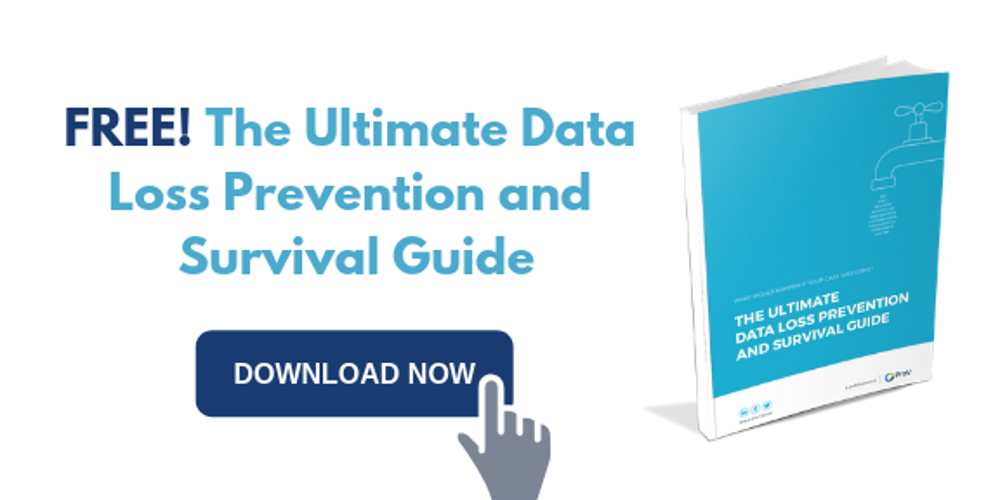A disaster recovery plan (DRP) can safeguard your organization from the risk of incurring heavy financial costs, reputation loss, and also protect your clients and customers. Here’s what an effective DRP needs to have.
1) Business Impact Analysis (BIA)
Not all data can be classified as critical. The first step in any DRP plan is determining which data, if lost, would cause the biggest problem. BIA refers to the process of identification and prioritization of critical IT components.
2) Recovery Strategies & Contingency Plan
Thorough recovery strategies ensure quick recovery, effectively following a disruption. A detailed IT contingency plan enlists the measures for restoring a damaged system. Identification of preventive controls ensure maintenance of high system availability and reduce back-up life cycle costs.
3) Testing, Training & Maintenance
Once you’ve underlined your DRP plan, it is always a good idea to test it and to provide the necessary training to your employees about implementation. Testing helps identify planning gaps while training readies your IT staff for plan activation. Regularly scheduled maintenance activities allow you to remain up-to-date with current system enhancements.

